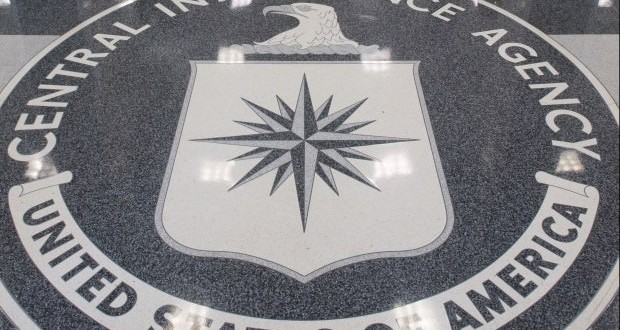Ex-CIA agent was convicted Monday of leaking details of a covert mission to derail Iran’s nuclear program in a case that, until the eve of the trial, was as much about the journalist who published the leaks as it was the defendant.
Jurors convicted 47-year-old Jeffrey Sterling of all nine counts he faced in a case that had been delayed for years. On the third day of deliberations, the jurors had told the judge that they could not reach a unanimous verdict. But they delivered guilty verdicts later in the afternoon after the judge urged them to keep talking, the Associated Press reported.
Sterling was convicted of leaking the information to James Risen of the New York Times, who refused to provide evidence in the trial about where he had obtained his details.
Prosecutors had acknowledged a lack of direct evidence against Sterling but said the circumstantial evidence against him was overwhelming. Defence lawyers, meanwhile, had said the evidence showed that employees of elected representatives on Capitol Hill were more likely to be the source of the leak.
The court heard that the plan involved using a CIA asset nicknamed Merlin, who had been a Russian nuclear engineer, to foist deliberately flawed nuclear-weapons blueprints on the Iranians, hoping they would spend years trying to develop parts that had no hope of ever working.
Former Secretary of State Condoleezza Rice told the court that the operation was one of the government’s most closely held secrets as well as one of its best chances to thwart Iran’s nuclear-weapons ambitions.
US intelligence has since confirmed it does not believe Iran is currently seeking to develop a nuclear weapon.
Mr Risen’s 2006 book, State of War, describes the mission as hopelessly botched, and possibly backfiring by giving the Iranians blueprints that could be useful to them if they sorted out the good information from the errors.
In his closing arguments, prosecutor Eric Olshan said the chapter of Mr Risen’s book seemed to be clearly written from Sterling’s perspective as Merlin’s case handler. The book describes the handler’s misgivings about the operation while others at the CIA push the plan through despite its risks.
Agencies/Canadajournal
 Canada Journal – News of the World Articles and videos to bring you the biggest Canadian news stories from across the country every day
Canada Journal – News of the World Articles and videos to bring you the biggest Canadian news stories from across the country every day



